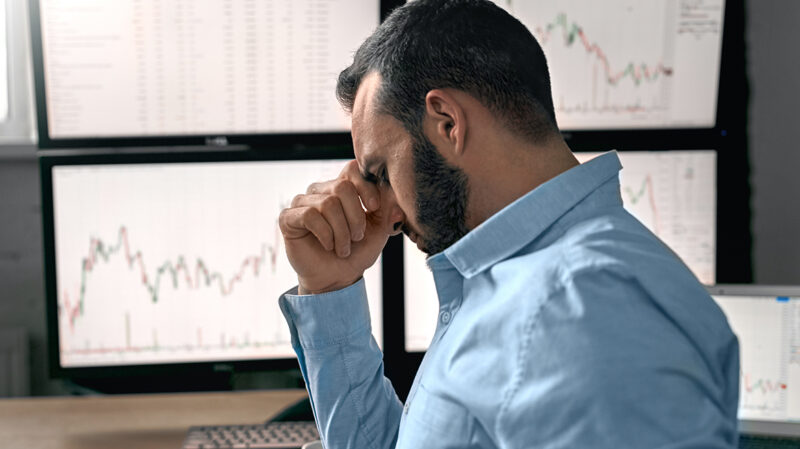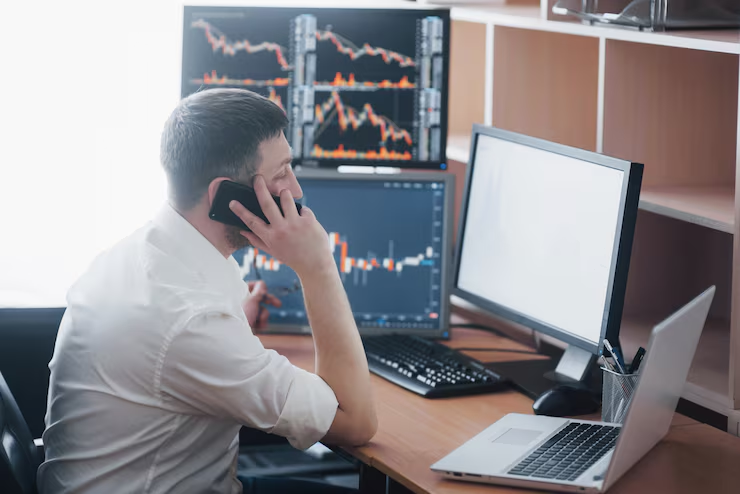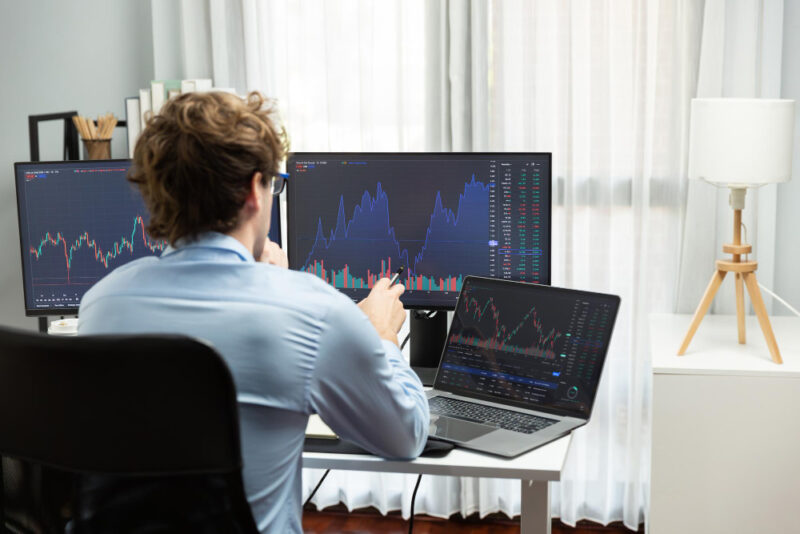In the fast-paced world of trading, success rarely comes from impulse or luck. Behind every consistent and profitable trader is a well-tested strategy, one that has been refined, analysed, and validated over time.
Backtesting is the cornerstone of this process. It bridges the gap between theory and performance by allowing traders to evaluate how their strategies would have performed in the past. Through this powerful technique, traders gain insights into potential profitability, risk levels, and areas for improvement before risking actual capital in live markets.
Understanding the Purpose of Backtesting
Backtesting involves applying a trading strategy to historical market data to determine how it might have performed over a specific time frame. The goal is to simulate trades based on predefined rules, such as entry and exit points, stop-loss levels, and position sizing, to evaluate the overall effectiveness of the strategy.
When done correctly, backtesting provides two crucial benefits. First, it allows traders to identify whether a strategy is robust enough to withstand various market conditions. Second, it helps traders build confidence in their approach, knowing that the system has performed favorably in the past.
However, it’s important to remember that backtesting doesn’t guarantee future performance. Markets evolve, and conditions change. Instead, backtesting should be viewed as a diagnostic tool, a way to learn from history, understand potential pitfalls, and refine strategies to adapt to different scenarios.
Key Mistakes Traders Make When Backtesting

Even with the right tools, many traders fall into common traps that distort their results and give them false confidence. Recognizing these early can save significant time and losses later.
- Ignoring realistic costs ─ Failing to factor in commissions, spreads, and slippage often makes a strategy look more profitable than it truly is.
- Testing too short a timeframe ─ A few weeks or months of data rarely reflect real market behavior. Longer testing periods reveal how a strategy handles different phases and volatility.
- Curve fitting or over-optimization ─ Adjusting parameters to make a system perform perfectly on past data almost always leads to disappointing live results.
- Neglecting emotional factors ─ Even a solid system can fail if the trader cannot mentally handle its drawdowns or slow periods.
- Not validating across instruments ─ A truly robust approach should deliver stable results across multiple assets, not just one or two symbols.
By avoiding these mistakes, traders ensure their backtests provide insight grounded in reality, not illusion.
The Core Components of Effective Backtesting
The effectiveness of any backtest depends on the quality of its design and execution. Traders need to ensure that the parameters of their test accurately reflect real-world trading conditions. This includes incorporating realistic transaction costs, slippage, and liquidity constraints.
Equally important is the choice of historical data. Using a comprehensive and clean dataset ensures that results are meaningful. Data should cover different market phases, including bull markets, bear markets, and periods of high volatility, to reveal how a strategy performs under varying circumstances.
Traders must avoid the common pitfall of “overfitting.” This occurs when a strategy is excessively optimised to perform well on past data, making it less effective in future conditions. A truly robust strategy should perform reasonably well across multiple datasets and time frames, even without perfect alignment.
How Backtesting Reveals Strengths and Weaknesses

One of the most valuable aspects of backtesting is its ability to uncover a strategy’s strengths and weaknesses. For example, backtesting might show that a particular system performs exceptionally well in trending markets but struggles during range-bound conditions. With this knowledge, traders can make adjustments, such as incorporating filters to identify favourable environments or combining strategies to balance performance.
Metrics derived from backtesting, such as the Sharpe ratio, maximum drawdown, and win-loss ratio, provide quantitative insights into risk and reward dynamics. A strategy that delivers steady returns with manageable drawdowns is often more desirable than one with higher but erratic profits.
Additionally, analysing trade-by-trade results can reveal psychological insights. If a strategy generates long periods of small losses before achieving a big gain, traders must prepare mentally to handle such fluctuations without abandoning the plan prematurely.
Tools and Platforms for Backtesting
Today, backtesting has become more accessible than ever, thanks to advanced trading platforms and analytical tools. Many trading systems allow users to input their strategy parameters and instantly test them against years of market data. Some platforms even provide visualisation tools that show equity curves, performance breakdowns, and detailed statistics.
For more experienced traders, coding custom backtests using programming languages like Python or R allows greater flexibility and precision. However, even beginners can start with the built-in tools provided by brokers and trading platforms.
If you want to explore a range of professional-grade trading tools and platforms that make backtesting and strategy optimisation easier, you can browse this site for insights into solutions that cater to traders of all experience levels.
Turning Data into a Practical Trading Edge

The true value of backtesting lies not in the charts or statistics, but in what you do with them. Translating historical insights into present-day strategy takes discipline and structure.
- Define clear rules ─ Each signal and condition should be specific enough that two traders would make the same decision.
- Integrate forward testing ─ After a backtest, run the same strategy in simulated real-time to confirm stability.
- Adjust risk parameters ─ Use the drawdown data to fine-tune position sizing and stop-loss placement.
- Keep a strategy journal ─ Document what works, what doesn’t, and under which market conditions your system thrives.
- Review quarterly ─ Markets evolve. A strategy that worked last year might need calibration today.
This systematic approach transforms backtesting from a historical experiment into a living, evolving trading process.
Turning Backtesting Insights into Action
Backtesting should not be the final step in strategy development, it’s part of a larger process that includes forward testing, paper trading, and ongoing refinement. Once a strategy passes the backtest stage, traders can test it in real-time simulations or with small amounts of capital. This phase, often called forward testing, validates that the strategy performs consistently in live conditions.
Traders should also keep detailed records of their backtests and forward tests to compare expected versus actual performance. Discrepancies between the two can highlight areas that need further tuning. In this way, backtesting becomes an iterative learning process, not just a one-time validation exercise.
Conclusion
Backtesting is both an art and a science. It blends analytical precision with strategic creativity, allowing traders to transform data into actionable insight. While it cannot predict the future, it provides the clarity and discipline needed to make informed decisions.
In a market driven by uncertainty, knowledge is a trader’s greatest asset. Through careful backtesting, you gain not only a better strategy but also a deeper understanding of your approach, your strengths, and your risk tolerance. Ultimately, learning from historical data isn’t just about improving performance, it’s about building the confidence to navigate markets with purpose and poise.

